Discover the Cultural Nuances of Global Wedding Traditions
Chosen theme: Cultural Nuances of Global Wedding Traditions. Step into a world where vows, colors, songs, and symbols carry centuries of meaning. Explore heartfelt stories and practical insights, and join the conversation—share your traditions, subscribe for fresh perspectives, and help us celebrate love in every language.
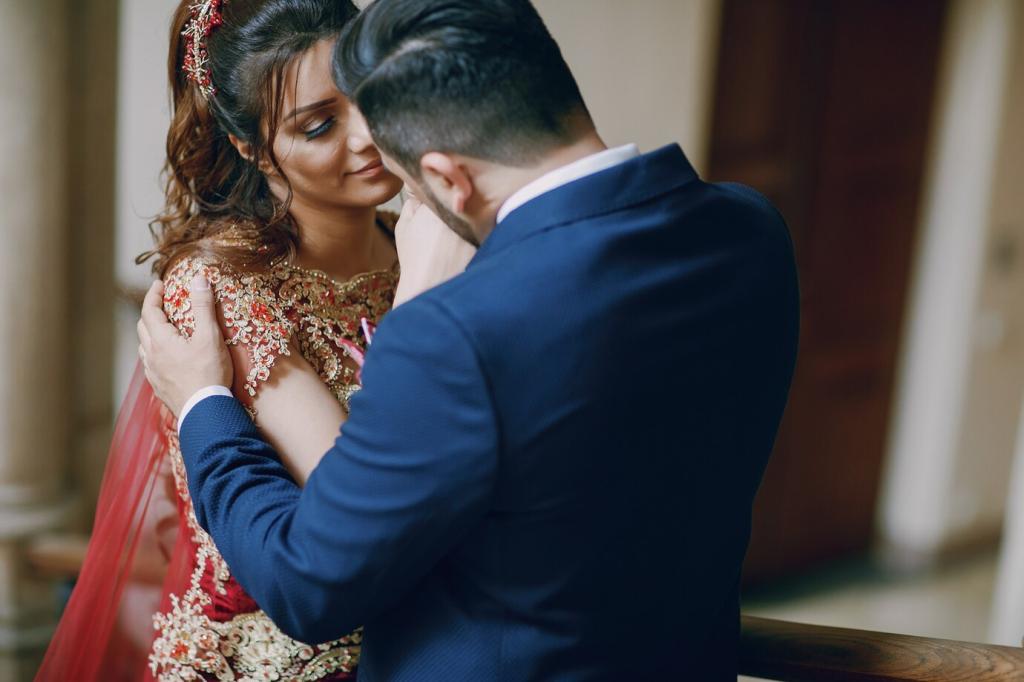
Symbolism Beneath the Celebration
From Greek stefana crowns joined by a ribbon, to South Asian floral jaimala exchanges, and Western veils lifted at first embrace, adornments speak. They announce blessings, humility, sovereignty, and union without uttering a word. Which symbol resonates with your story? Share your own family meanings.
Cross-Cultural Love Stories
They opened with a Marathi garland exchange, then surprised guests with a Sevillanas dance, learned over months of evening practice. Aunties pinned jasmine in hair; abuelas tied red ribbons for luck. The couple translated every vow for grandparents, proving nuance blooms brightest when everyone feels included.
Cross-Cultural Love Stories
Coordinated aso ebi fabrics set a jubilant tone, while Polish relatives welcomed the pair with bread for prosperity and salt for resilience. Sprayed money honored the couple’s future enterprise; later, polka rhythms pulled everyone onto the floor. Their hashtag? One family, two worlds, infinite love—tell us yours.
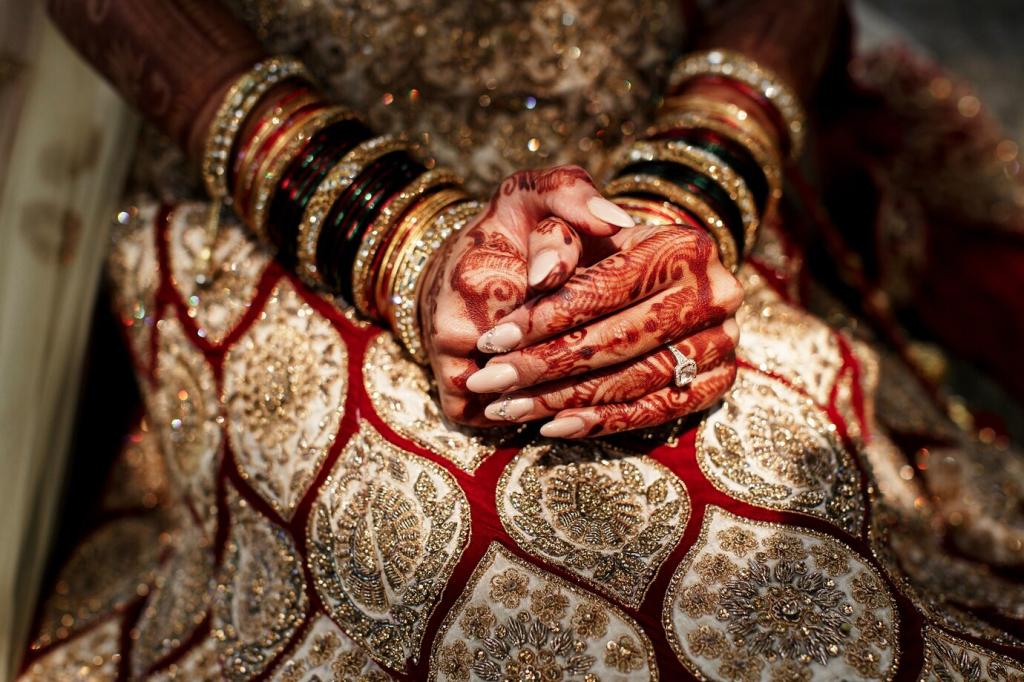
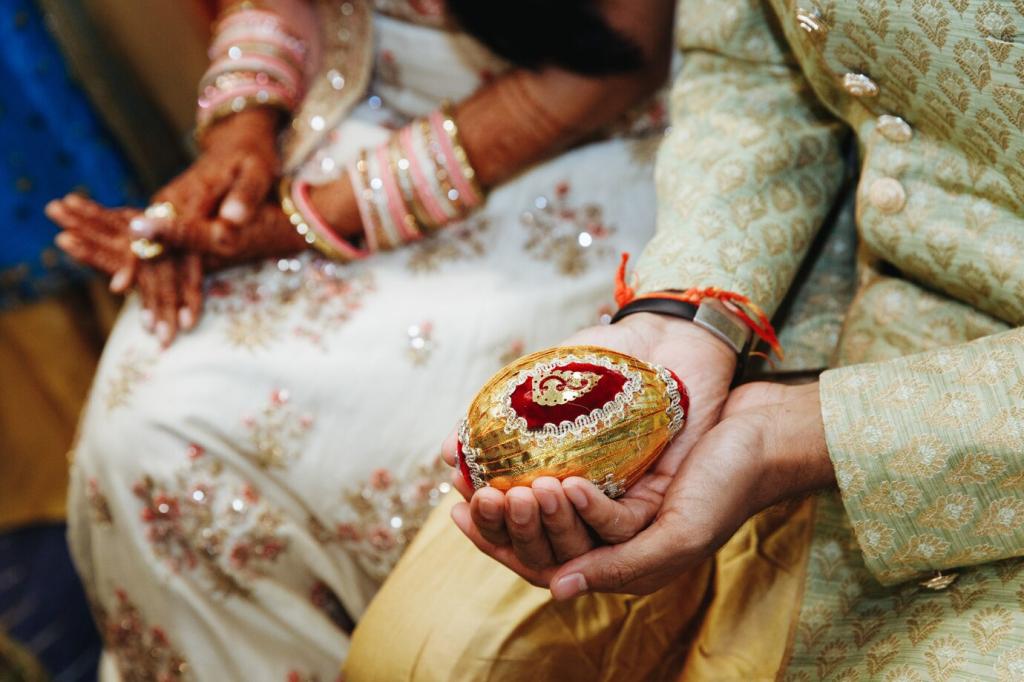
Attire, Color, and Identity
Red as Auspicious, Powerful, and Protective
In many South and East Asian traditions, red signals fortune, vitality, and protection against misfortune. Bridal lehengas, qipaos, or embroidered robes radiate community hopes. Even modern couples who choose pastels often keep a hint of red in bangles, shoes, or thread. How do you weave luck into your look?
White’s Evolving Journey Across Cultures
White once spoke primarily of formality and celebration in the West, but today it migrates and mutates—paired with gold, worn by grooms, or reserved for second looks. Some cultures avoid white at weddings due to mourning associations. Nuance means asking first, honoring meaning before aesthetics. What’s white where you’re from?
Heirlooms, Henna, and Sacred Threads
A grandmother’s shawl draped over shoulders, mehndi patterns hiding initials, or a protective red thread tied by a priest turn clothing into story. Each touch recalls lineage while blessing the future. Share your heirloom tale, and tell us how you balanced tradition with personal style.
Ritual Foods and Shared Tables
Tiered cakes, saffron laddoos, sticky mochi, or honey-dipped pastries carry wishes for sweetness in married life. Even minimalist couples keep one symbolic bite. The first share often invites elders’ blessings. What dessert sweetened your celebration, and what future did it promise between each spoonful?
Ethiopian gursha, where loved ones feed a generous morsel, expresses trust and care. Filipino lechon centers abundance, while Middle Eastern mezze encourages conversation over many small plates. The table becomes a cultural classroom—no lectures needed. Tell us which dish taught you the meaning of togetherness.
Georgian supras elevate toasting to poetry under a tamada’s guidance, while Chinese tea ceremonies honor parents with grace and gratitude. Whether champagne flutes or steaming cups, the vessel matters less than the values poured in. What words would you raise in a toast to nuance itself?
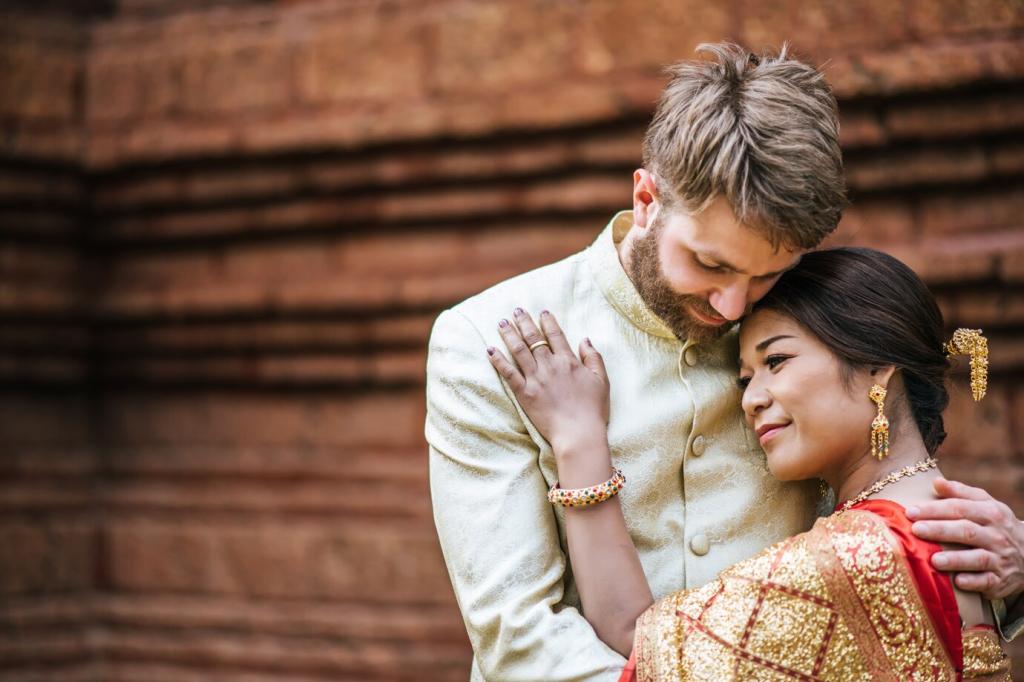
The Language of Vows and Ritual Speech
Literal translation can miss honorifics, poetry, or sacred cadence. Successful couples script brief explanations, then offer vows in both languages, honoring elders and guests. A pause for context turns confusion into connection. What line from your vows needs careful cultural footnotes?

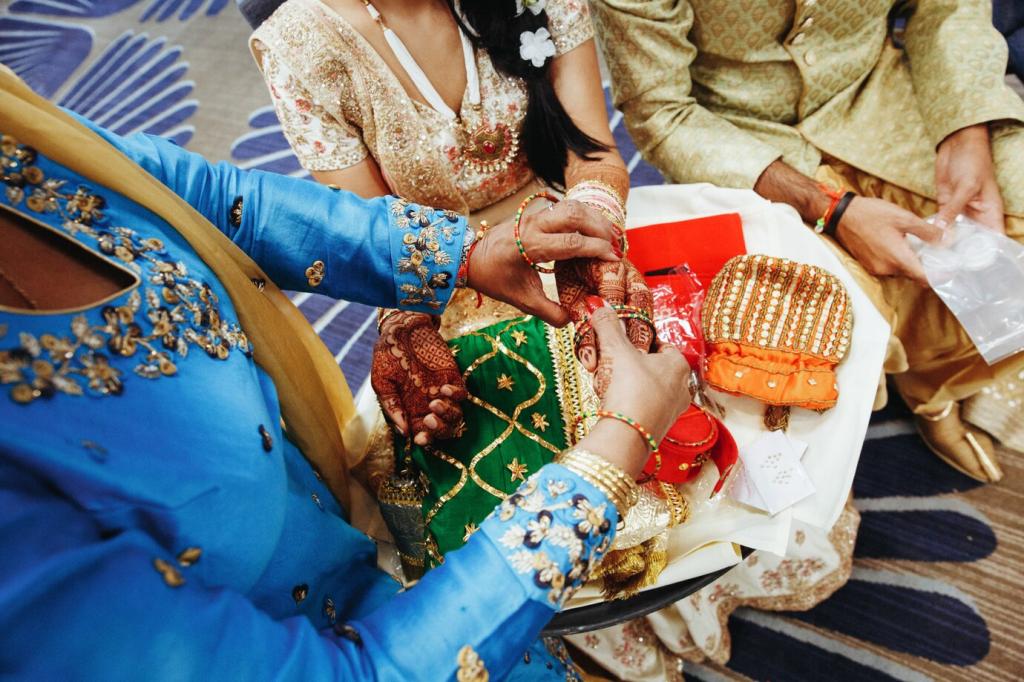

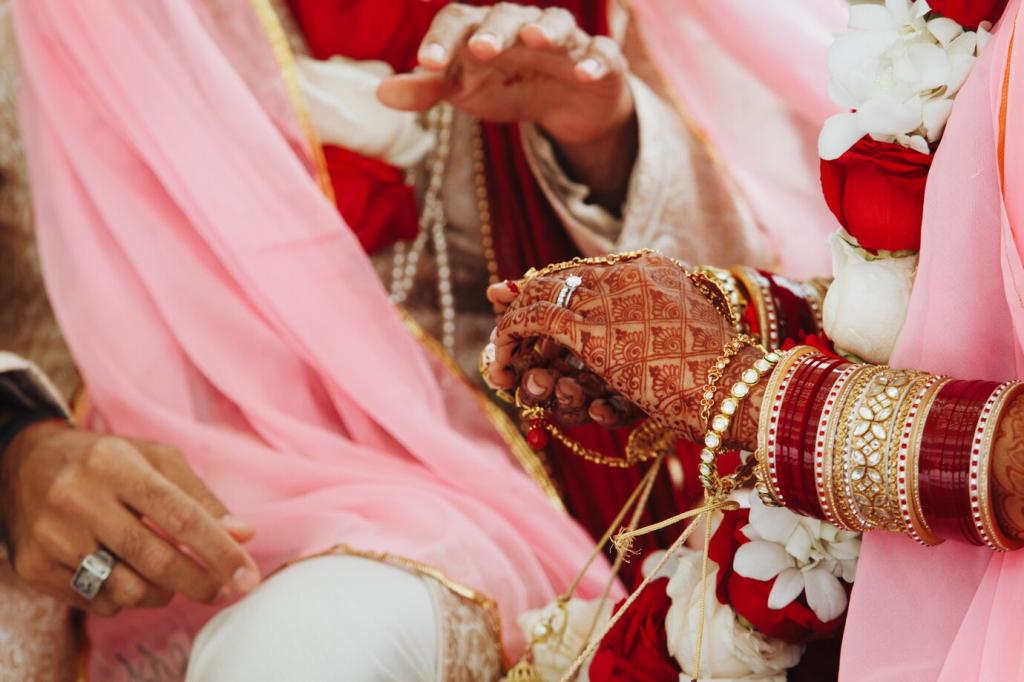
Gifts, Money, and Numbers That Matter
Red envelopes in Chinese celebrations symbolize luck; Jewish gifts in multiples of eighteen honor life; some cultures prefer household goods. When in doubt, ask discreetly. Your thoughtful alignment with custom is a gift in itself. What etiquette surprised you most and why?
Dress Codes, Colors, and Sacred Spaces
Avoid white where it competes with the couple; cover shoulders or hair in certain venues; remove shoes when requested. Colors can carry sacred or mourning meanings. Confirm expectations early and celebrate the symbolism. Which guideline helped you feel confident and respectful?
Participating with Heart and Humility
Whether joining the Hora, jumping the broom, or queuing for a tea ceremony, follow hosts’ cues and observe before diving in. Participation is praise when offered with humility. Tell us a moment you felt welcomed into another tradition and what you learned.
